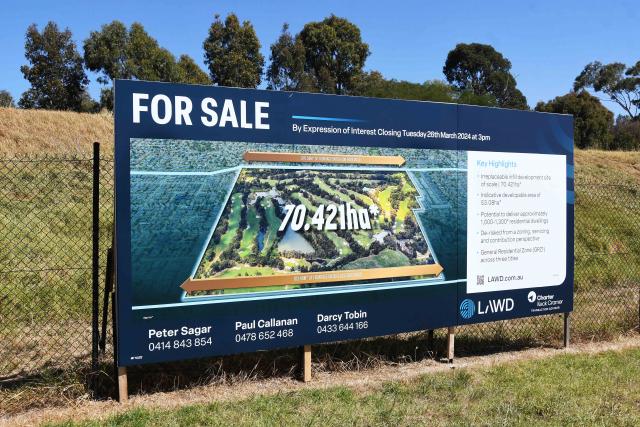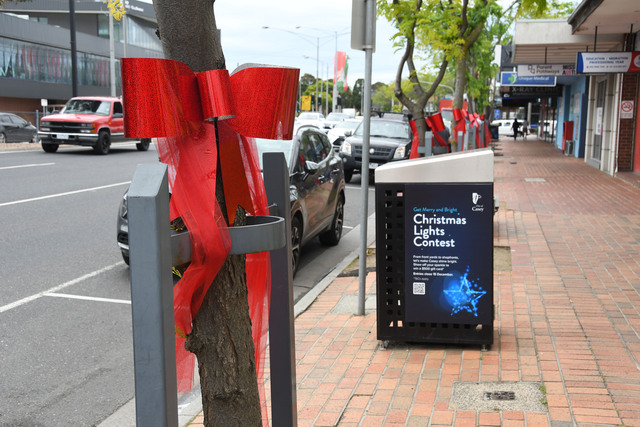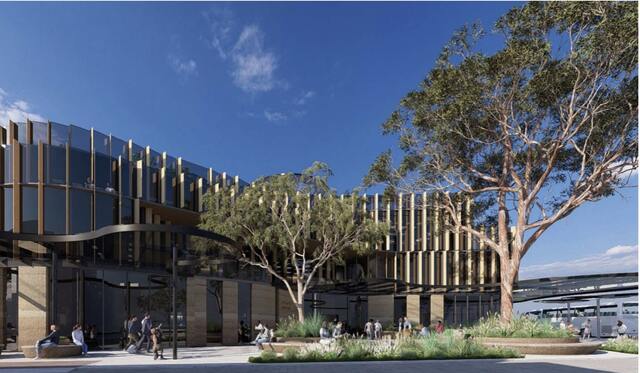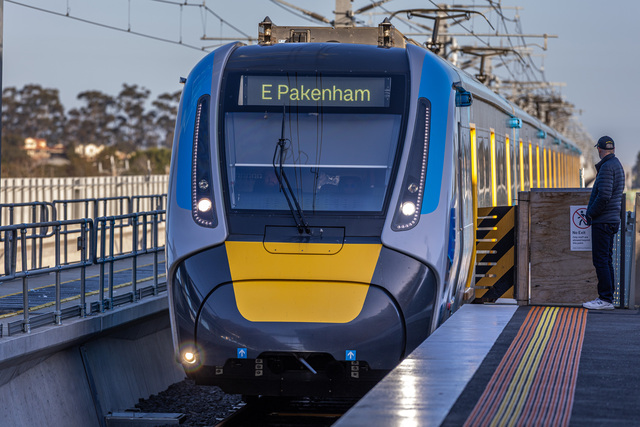Residents are voicing growing opposition against the proposed redevelopment of the former Cranbourne Golf Course, with concerns about traffic congestion, the loss of green space, the capacity of local infrastructure, and the risk of landfill odour.
Star News reported two weeks ago that the $43 million planning application by Browns Property Group proposes to subdivide the northern portion of the course as part of the first stage of a comprehensive redevelopment for a new urban community of about 500 lots.
According to the Group’s vision, the entire land is expected to deliver 1,140 lots, at a density of 16.3 lots per net developable hectare.
Anthony Tassone, vice president of Casey Residents and Ratepayers Association (CRRA), said CRRA supports additional housing across Casey, but only when it’s safe, properly serviced, and environmentally responsible.
He pointed out that the site’s location, just 1.25 to 1.3 kilometres from the Hallam Road Landfill, makes it inappropriate for higher-density housing under current conditions.
According to EPA Victoria’s updated Landfill Buffer Guideline, the separation distance for large municipal waste sites is now 1.5 kilometres, with a potential reduction to one kilometre subject to odour risk assessment.
The Group provided a 9-page Level 2 Qualitative Risk Assessment by an environmental consultant to address the site’s proximity to the proposed Hampton Park Waste Transfer Station and the active Hallam Road landfill cell 14B.
According to the report, leachate pond management, odour controls and the planned closure of landfill cell 14B in 2025 mean the overall odour risk is “low”. Consultants concluded the separation distance could be reduced to one kilometre without impacting future residents, noting significant upgrades to the landfill’s leachate system.
Consultants noted that there was insufficient information available for the Level 1 Quantitative Assessment.
There is no indication of external peer review or endorsement by EPA Victoria in the attached Level 2 Qualitative Risk Assessment.
“Until there’s full, transparent and independently verified evidence showing that landfill gas and odour risks are fully resolved, housing at this density is premature and we need to ensure it’s safe,” Mr Tassone said.
“Any potential new resident in any approved development deserves that independent assurance.
“Without verified data, higher-density housing here could expose future residents to unacceptable environmental and health risks and conflict with Clause 13.07-1S of the Casey Planning Scheme, which protects residents from off-site environmental impacts.”
CRRA has submitted its objection to the Casey Council, identifying other main concerns like the infrastructure pressure, the loss of established vegetation and open landscape character, and the precedent it could set for future developments within the buffers and greenfield.
“Glasscocks Road, Hallam Road and Narre Warren-Cranbourne Road already suffer chronic congestion,” Mr Tassone said.
“The proposal does not provide a full traffic-impact plan covering the long-term development of over 1,000 homes.”
Local resident Jillian Nambu, who also lodged an objection, said in her statement that the development fails to meet open space and environmental benchmarks.
“The planning guidelines for Golf Course Redevelopment say 20 per cent of open space should be allocated. Less than that is being allocated,” she said.
“They claim that the development has 17.6 per cent open space at the moment, but much of that is underwater!
“Only 11.2 per cent is in fact unencumbered. However, much of that is narrow paths, so the amount of usable space is less than 10 per cent.”
According to the Group’s application, about 11.2 per cent of the unencumbered public open space exceeds the contribution required in the relevant scheme.
Ms Nambo also questioned whether sufficient investigation had been done into the capacity of nearby schools, kindergartens, medical services and public transport.
A spokesperson of the Lynbrook Residents Association (LRA) said it recognises the project’s scale and significance but noted “growing community concern” about landfill proximity, traffic impacts and cumulative infrastructure strain across Casey.
“In particular, there are broader questions being asked by residents about how large-scale developments—such as the Cranbourne redevelopment and proposals like the Hampton Park Waste Transfer Station—fit within a cohesive and sustainable long-term planning framework for the municipality,” they said.
“We encourage transparent consultation, rigorous impact assessment, and decision-making that prioritises community wellbeing and environmental responsibility.”
Casey Council stated that it is unable to state the total number of objections received at the moment, as the public notice period remains open until 10 November.
“Once the public notice period has closed, Council officers will host a Planning Consultation Meeting that brings together the applicant, objectors, and Planning Officers to discuss issues raised via the submission process,” the council stated.
Cr Kim Ross said she had heard from residents from her ward who expressed concerns about the proposed development.
She is strongly encouraging any residents with concerns to visit the Council’s website and lodge a submission.
Mayor Cr Stefan Koomen said he shared a similar sentiment to Cr Ross and appreciated the residents who have taken the time to contact him.
“I’ve spoken with our Planning Officers about the application, and I encourage everyone to visit Council’s website to make a submission and ensure your voice is heard,” he said.
To read the planning application and submit your feedback, visit casey.vic.gov.au/view-planning-applications and search for PA24-0697







